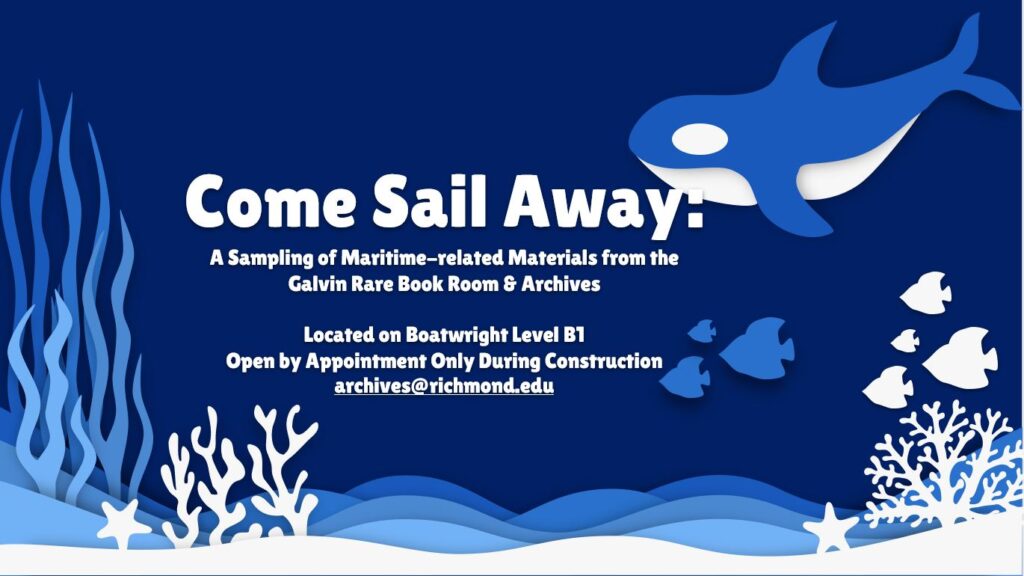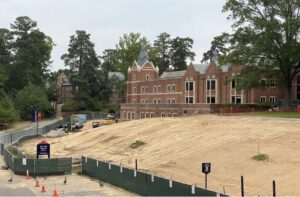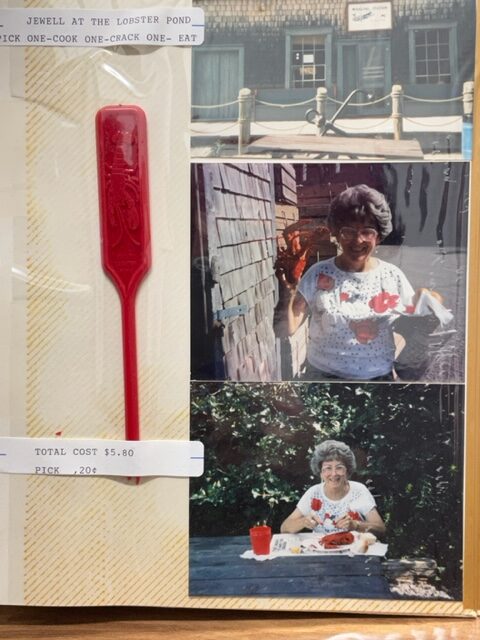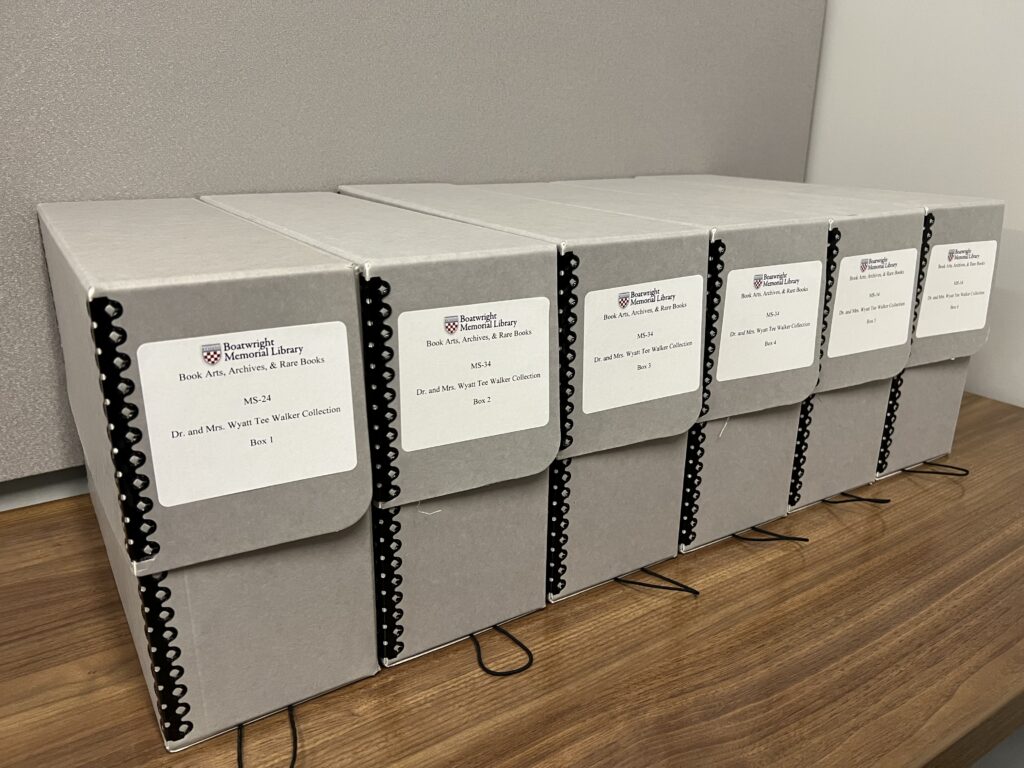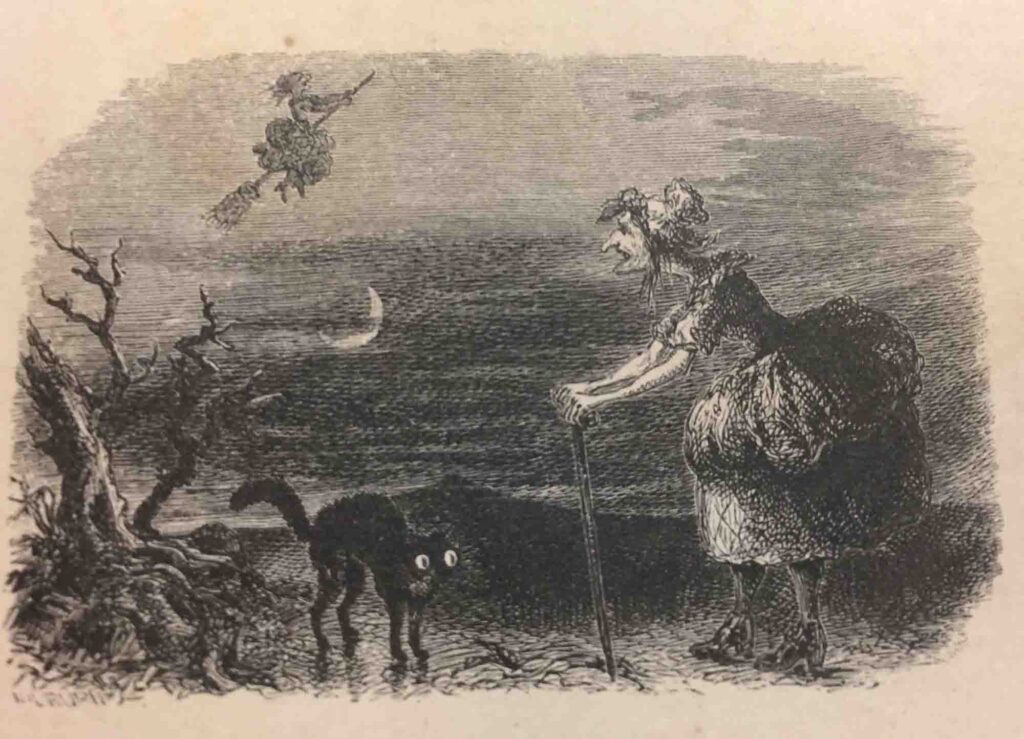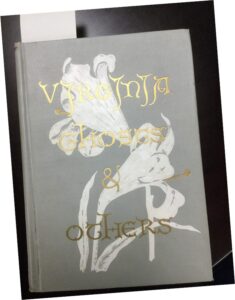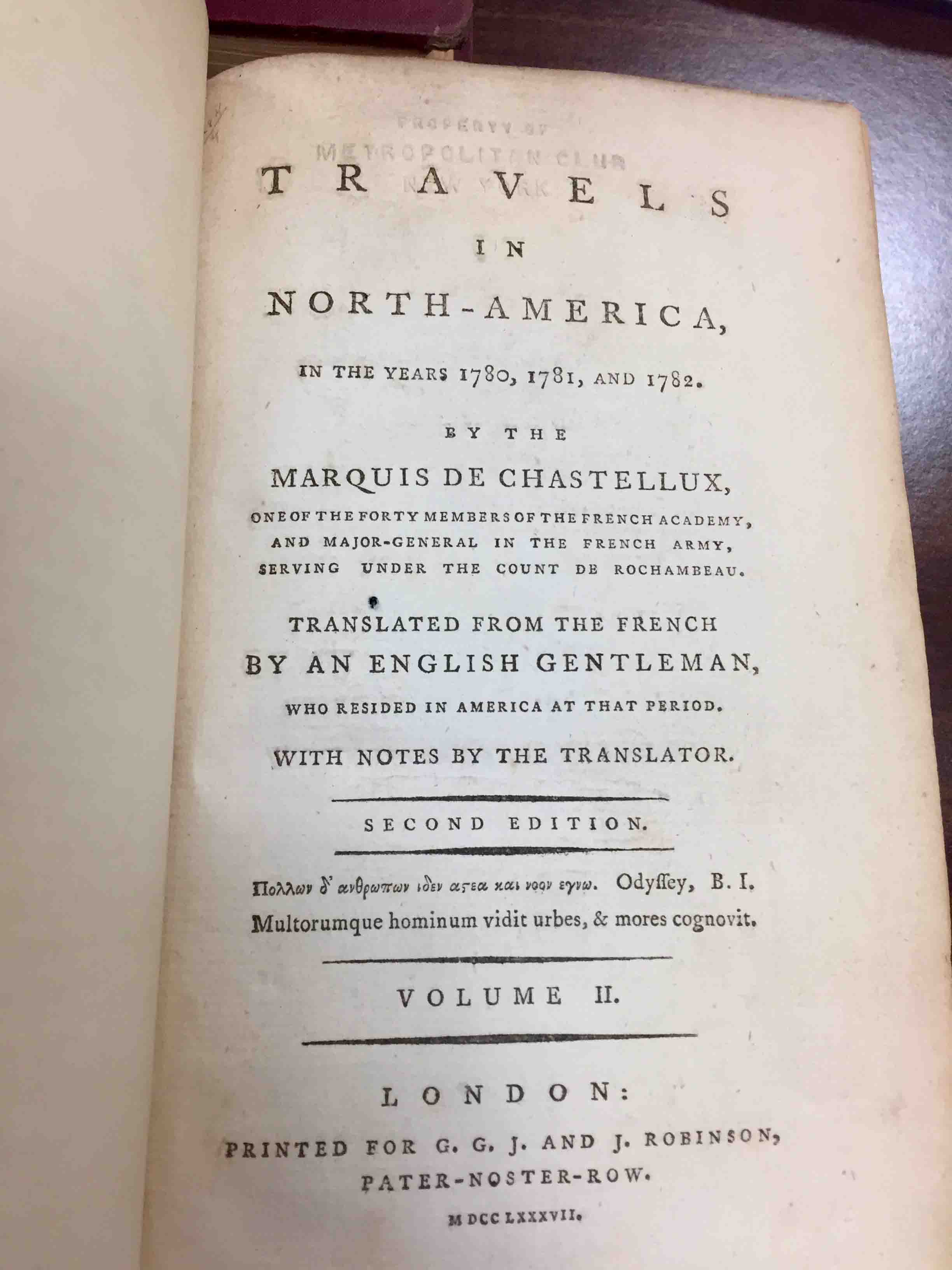
When our university’s mascot is a spider, it’s not surprising that the return of autumn has us excited for all things fall – football, leaves changing color, and all the spooky things the season brings with it. In previous blog posts, we have explored some of the materials that we have in the collections, including items related to tales of folklore, witchcraft and spiritualism.
A new exhibit on display in Boatwright Memorial Library through mid-November focuses on similar themes as it highlights some of the Galvin Rare Book Room holdings on alchemy, spiritualism, and witchcraft. Included are some new additions during the past couple of years that add to the depth of the materials available for research on this topic.
Many of our witchcraft-related materials were highlighted in an earlier post from 2021, including the newly acquired Del Congresso Notturnao… and the artist book by Raeleen Kao, The Witch is Inside of Me, as well as our 1746 first edition of Augustin Calmet’s Dissertations sur les apparitions… with his thoughts on sorcery, demons, and vampires. Similarly, some of our works on spiritualism also had their moment on the blog as well that same fall.
The exhibit also showcases 3 works on alchemy, which have not been highlighted as of yet. These items point to a particularly fascinating time in history during which the science of alchemy – for it was considered a science based on the transformation of matter – as well as offering researchers an opportunity to explore its philosophies. Let’s look at these 3 items in a bit more detail.
Thomas Norton, The Ordinall of Alchemy, 1929 (Galvin Rare Book Room QD25 .N6 1652)
Norton was a noted 15th-century alchemist and served as a member of King Edward IV’s Privy Council. He believed the knowledge of alchemy could only be learned by working with a master alchemist, and his Ordinall, a long poem, he provides an account of his own initiation into the art and science of alchemy. Originally written in 1477, the Ordinall was one of the earliest works on alchemy in Middle English and became one of the most influential as it sought to educate English readers on this “new science.” Its first appearance in print in 1652, and the copy in the collection is a 1929 facsimile of that 1652 edition.
Martin Ruland, Lexicon Alchemiæ, 1661 (Galvin Rare Book Room QD25 .R9 1661)
Martin Ruland the Elder (1532-1602) was a German scientist and alchemist who practiced the beliefs put forward by fellow scientist Paracelsus, who pioneered the use of chemicals and minerals in medicine. Born in 1569, Martin Ruland the Younger followed in his father’s path to become a noted physician and alchemist in his own right. For a time, Ruland the Younger served at the Hapsburg court under Emperor Rudolf II. The combined knowledge of father and son allowed them to develop a foundational and exhaustive dictionary of alchemical symbols, concepts, and terms, first published in 1612.
Johann Rudolh Glauber, Tractus de Natura Salium, 1658 (Galvin Rare Book Room QD27 .C58 1658)
Born in Germany in 1604, Johann Rudolf Glauber worked in both Amsterdam and the German states as a self-described chemical philosopher. Known for his invention and refinements of scientific equipment such as his distillatory furnaces, he also worked in the wine industry and as a dispenser of medicines. One account of Glauber’s practical work was in his book, Furni novi philosophici, in which he described materials and processes for constructing and using his chemical furnaces. Other published works included a collection of medial preparations (Pharmacopoea spagyrica)and his Teutschlands-Wohlfahrt. In 1658, he published the small book Tractus de natura salium, in which he discussed the importance of sal mirabile (“miraculous salt,” which became known as Glauber’s salt) for its medicinal properties.
Galvin Rare Book Room Works on Exhibit
- Charles Beecher, Spiritual Manifestations (1879)
- August Calmet, Dissertations sur les apparitions des anges, des demons et des esprits: et sur les revenans et vampires de Hongrie…. (1746)
- Sir Arthur Conan Doyle, The New Revelation (1918)
- Samuel Fowler, Salem Witchcraft: Comprising More Wonders of the Invisible World by Robert Calef & Wonders of the Invisible World by Cotton Mather (1865)
- Johann Rudolf Glauber, Tractatus de Natura Salium (1658)
- Raeleen Kao, The Witch is Inside Me, (2018)
- Jeinrich Kramer & Jacob Sprenger, Malleus Maleficarum (1958)
- Thomas Norton, The Ordinall of Alchemy (1929)
- Martin Ruland, Lexicon Alchemiæ (1661)
- Sir Walter Scott, Letters on Demonology and Witchcraft (1841)
- Girolamo Tartarotti, Del Congresso notturno delle lammie… (1749)

